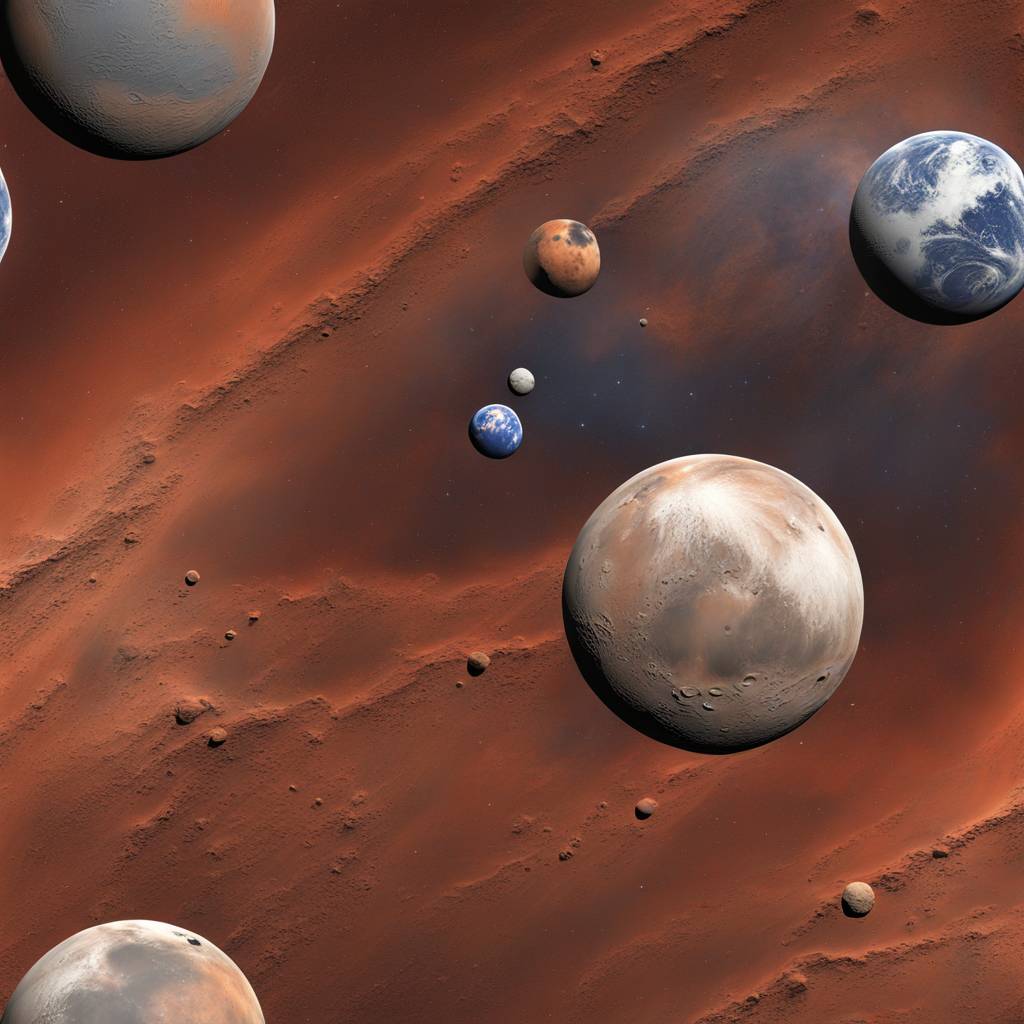The European Space Agency’s Mars Express spacecraft recently celebrated an incredible milestone of completing 25,000 orbits around Mars since its arrival in 2003. To commemorate the occasion, the spacecraft captured a stunning image showcasing Mars’ Tharsis region, known for its massive volcanoes and rugged valleys. The image also captured a special guest star, the moon Phobos, which made an unexpected appearance in the lower left corner of the shot.
The High Resolution Stereo Camera aboard Mars Express has been instrumental in capturing breathtaking views of Mars’ surface and providing valuable insights into the planet’s atmosphere and water distribution beneath the surface. The spacecraft’s long-term mission is to further understand the mysteries of Mars and unravel its geological and atmospheric history. The recent image released by ESA showcases some of the most iconic features of the Martian landscape, including the towering Olympus Mons, the largest volcano in the solar system.
In addition to highlighting the impressive volcanic features of Mars, the celebratory image also provides a glimpse of the Noctis Labyrinthus region, a network of deep, fractured canyons. Scientists recently discovered a potential new volcano in this region, underscoring the planet’s fascinating and complex geological history. The image also captures colorful lee wave clouds, formed when air flows over obstacles on the terrain, creating wave-like patterns on the sheltered side.
Phobos, one of Mars’ two small moons, made a notable appearance in the image, appearing as a dark splotch in the lower left corner. Orbiting close to Mars at a distance of around 3,700 miles, Phobos displays a distinct irregular shape resembling a potato. ESA praised Mars Express for its groundbreaking research and transformative impact on our understanding of the red planet, from mapping the atmosphere to studying its two small moons in unprecedented detail.
As Mars continues to captivate scientists and space enthusiasts alike, ongoing missions like Mars Express play a crucial role in unraveling the planet’s mysteries and expanding our knowledge of its geology and history. With robots on the ground and orbiters in space, we are constantly learning more about Mars and its unique characteristics. The milestone of 25,000 orbits marks a significant achievement for Mars Express, and ESA looks forward to continued exploration and discovery in the years to come. Cheers to thousands more orbits around the red planet.













